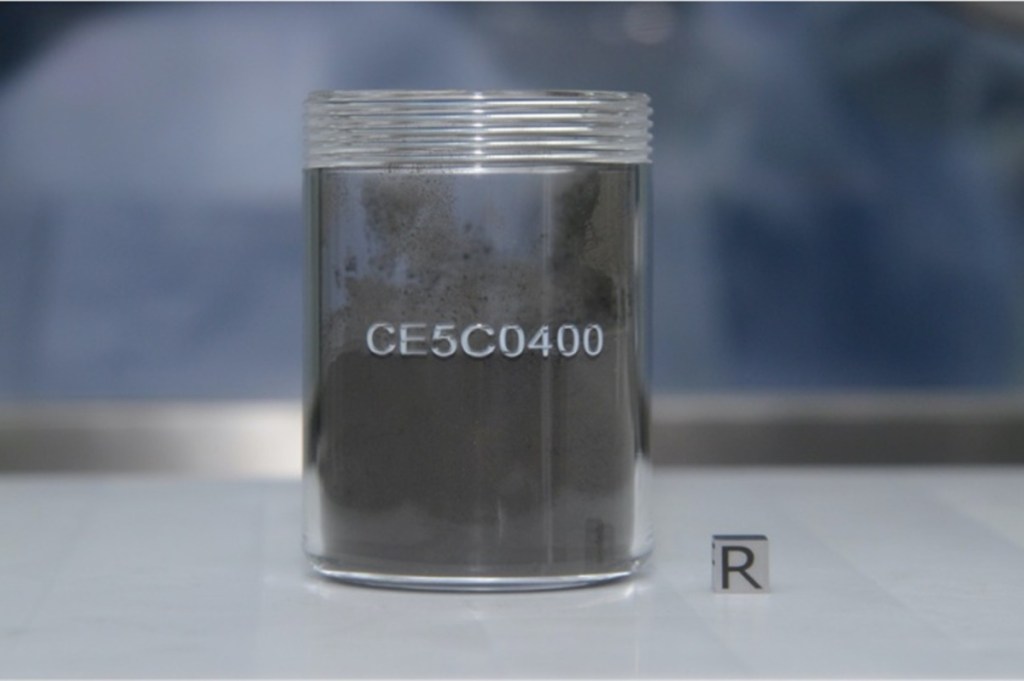China mission to the Moon: In December 2020, China’s Chang’e-5 mission returned to Earth safely carrying about 2 kgs of rocky fragments and dust from the Moon. This was the first sample return mission that China had sent to the Moon and the area that it surveyed had not been sampled by the Apollo mission of NASA or the Luna mission that the Soviet Union sent five decades ago. This means that the samples brought by the China mission are the youngest lunar rocks that have ever been brought back to the Earth for analysis. These rocks are also different from the ones that had been brought back by other missions.
As per early stage findings using geological mapping have linked the ‘exotic’ fragments of the sample to the site where the mission had landed. The findings were presented at the Europlanet Science Congress (EPSC) 2021 virtually by China University of Geosciences PhD student Yuqi Qian.
The study has suggested that 90% of the collected materials likely come from the landing site and the areas near it. These are what have been termed as ‘mare basalts’. These volcanic rocks can seem to us like the darker grey areas, and they had spilled over a large part of the nearside of the Moon as lava in ancient volcanic eruptions. However, 10% of the fragments have different and distinct ‘exotic’ chemical compositions and are therefore believed to preserve records of other regions of the surface of the Moon. Not only that, but this small portion of fragments might also be able to give scientists a hint about the kind of space rocks that impacted the lunar surface.
Qian, along with his peers at Brown University and University of Munster, looked at beads of the rapidly cooled glassy material in a bid to identify the potential sources. They were able to link this material – the glassy droplets – with ‘Rima Mairan’ and ‘Rima Sharp’ volcanic vents which are now extinct. These vents are located about 230 and 160 kms away, respectively, from the site where the Chinese mission landed, and can therefore be useful in giving insight about the past volcanic activity on the Moon.
Potential sources of fragments related to the impacts were also looked at by the team. Since the fragments are young, only craters that are less than 2 billion years old can be a cause of that, and on the side of the Moon that faces the Earth, such craters are rare. Using modelling technique, the team narrowed down the craters near the landing site that could have been responsible – Aristarchus, Kepler, and Copernicus to the south and southeast of the landing site, Harding to the northwest and Harpalus to the northeast. The team found that among the samples collected by the mission, the contributions were most significant by Harpalus. These rocks could, therefore, help in answering questions surrounding the age of the crater.


